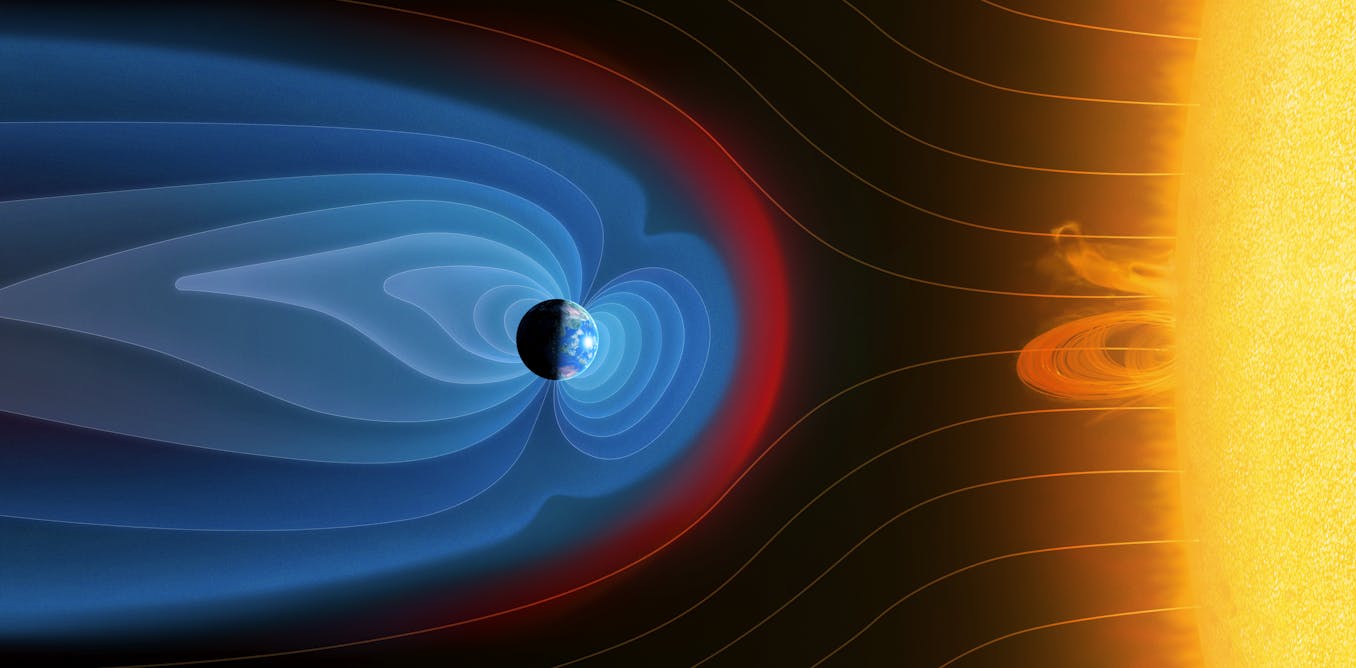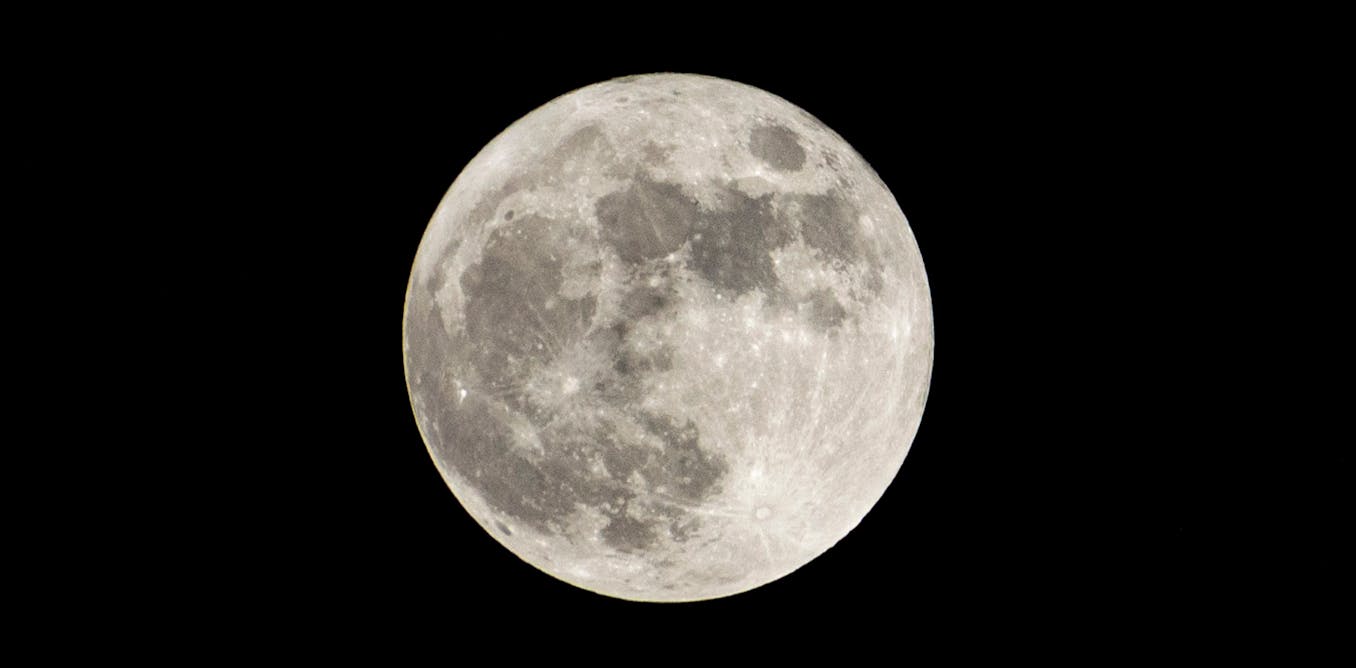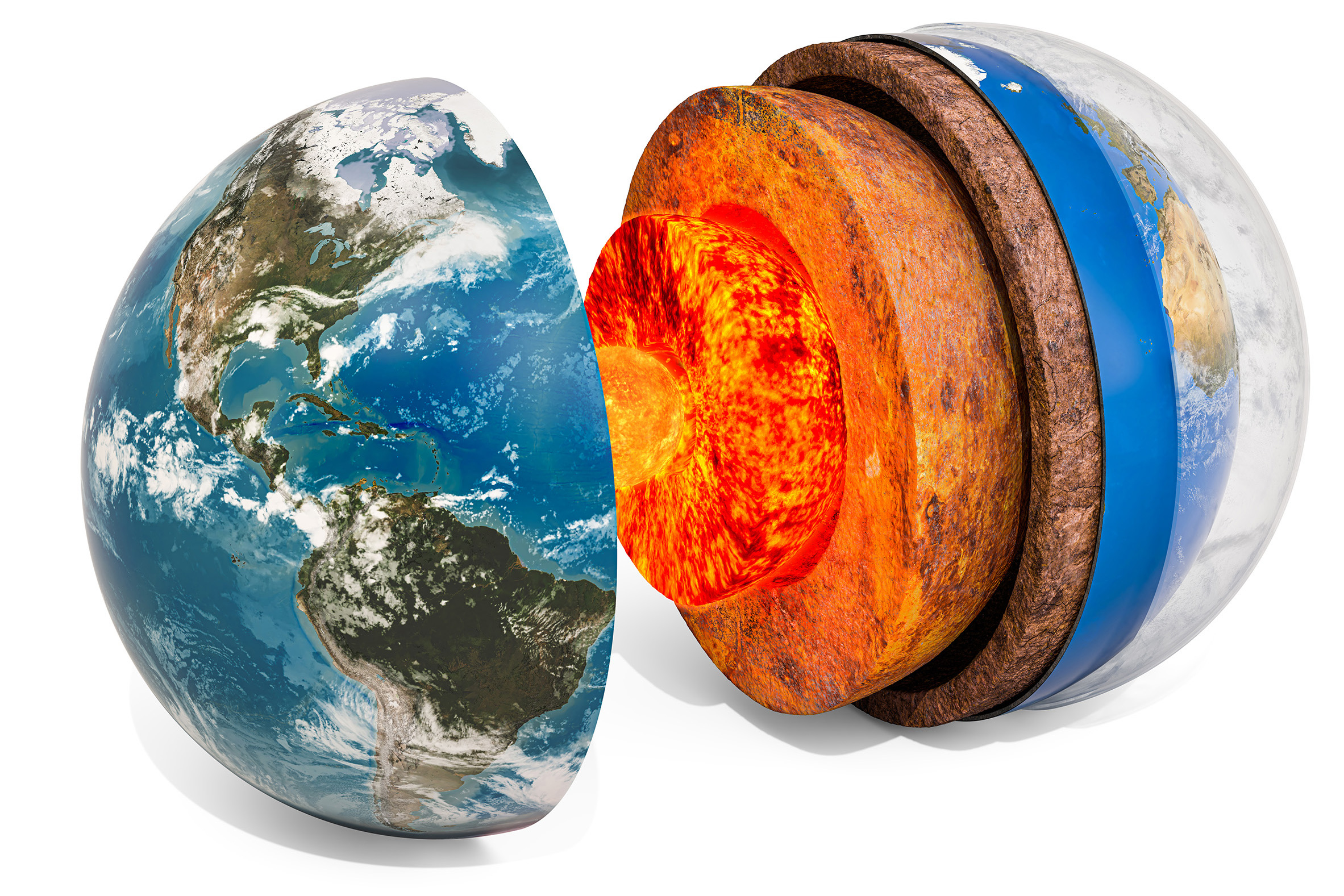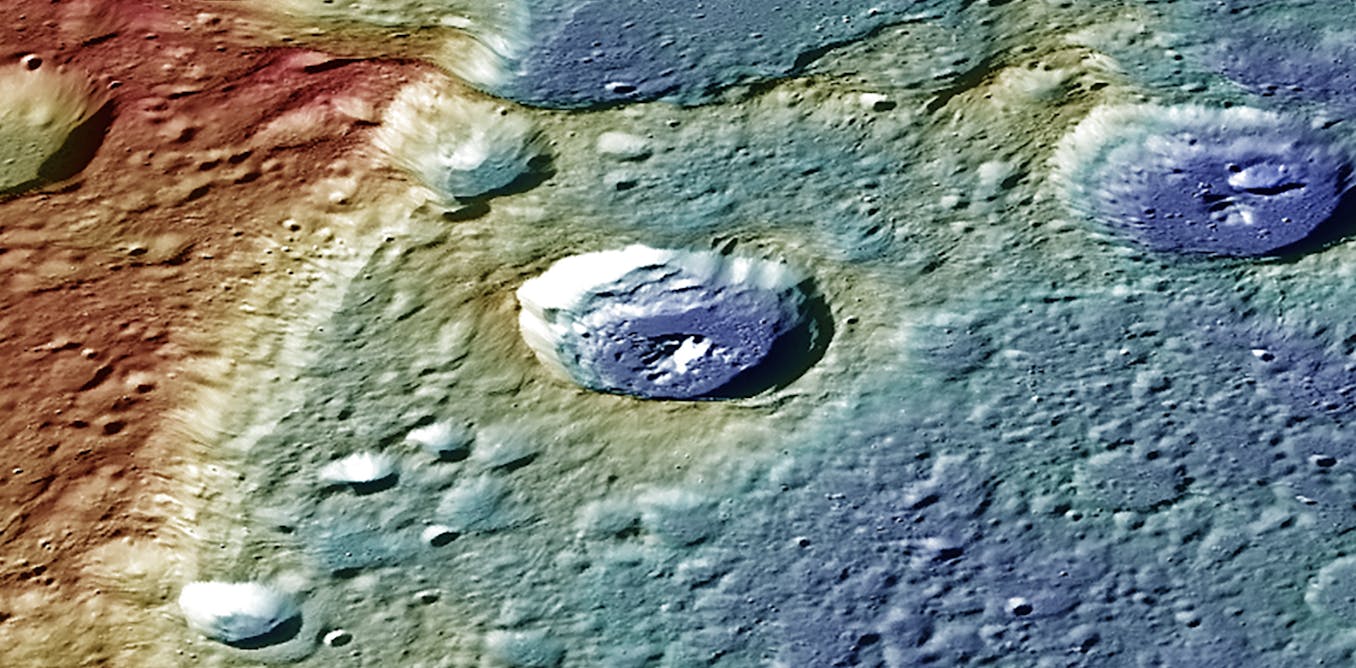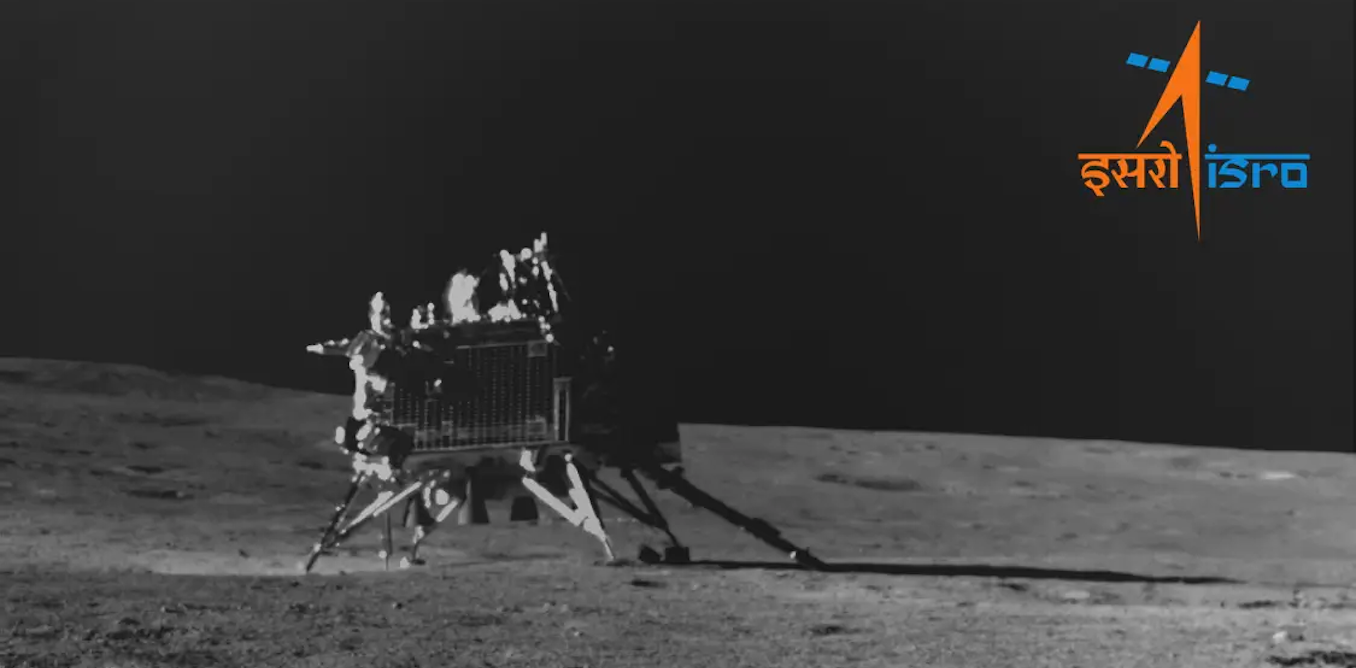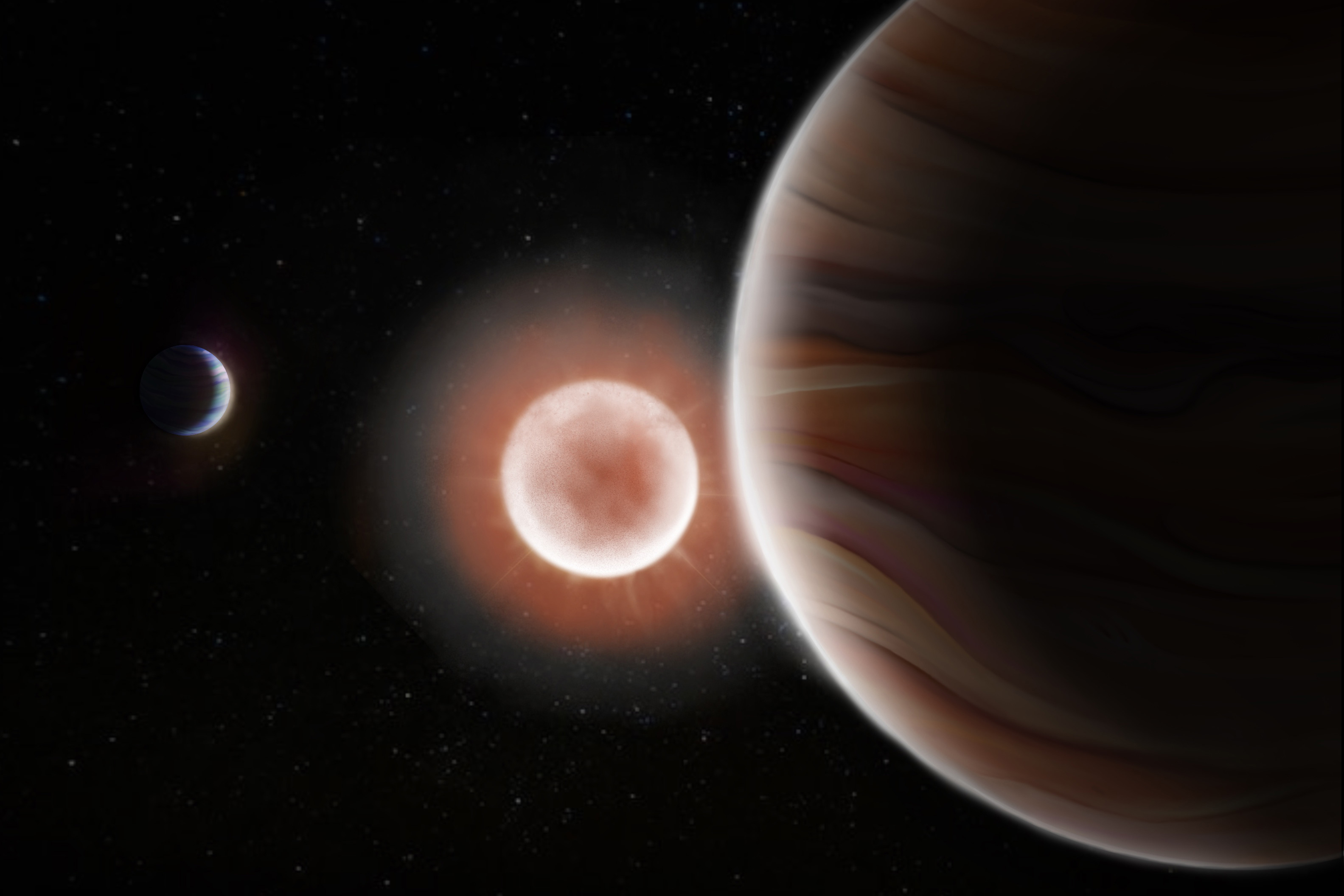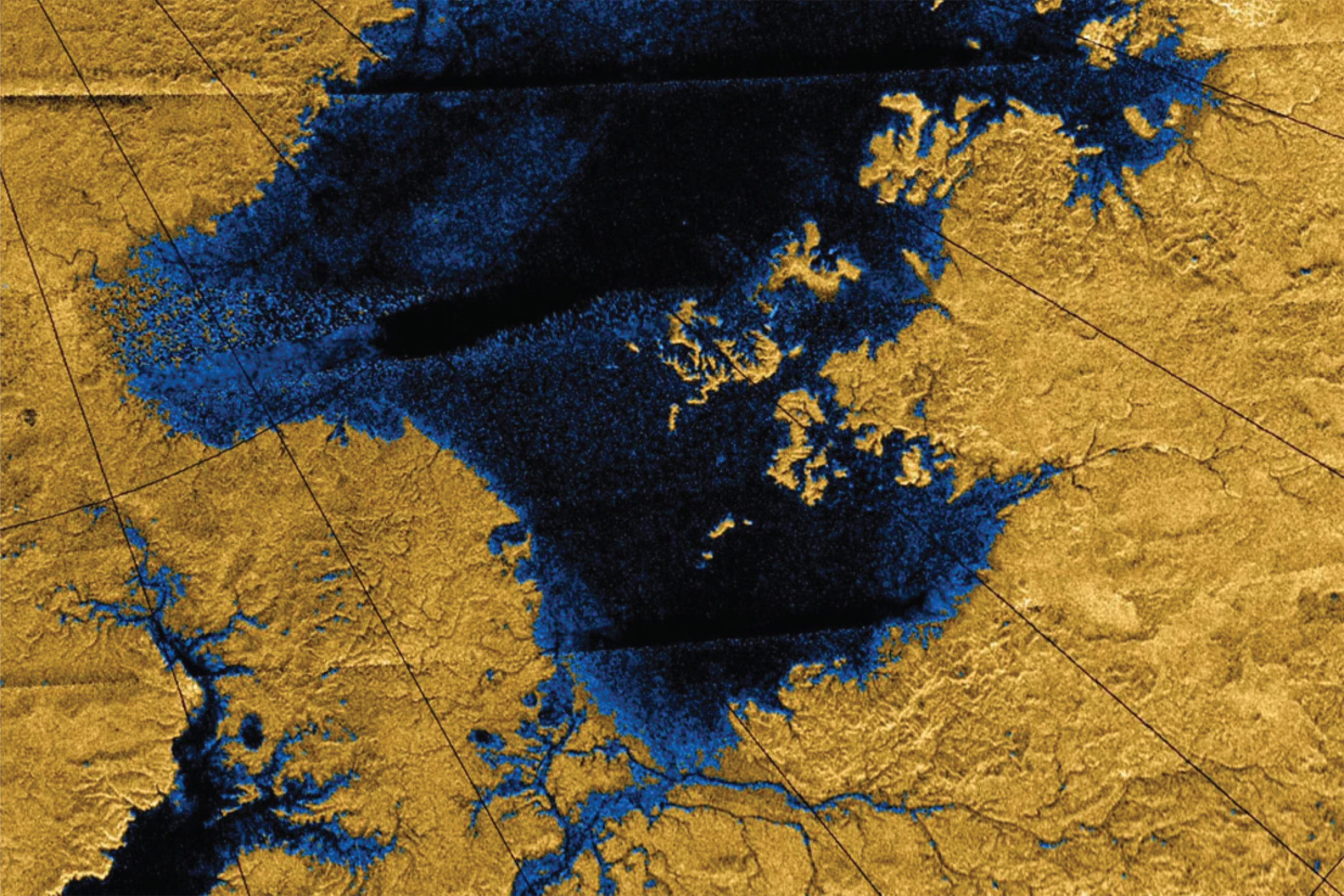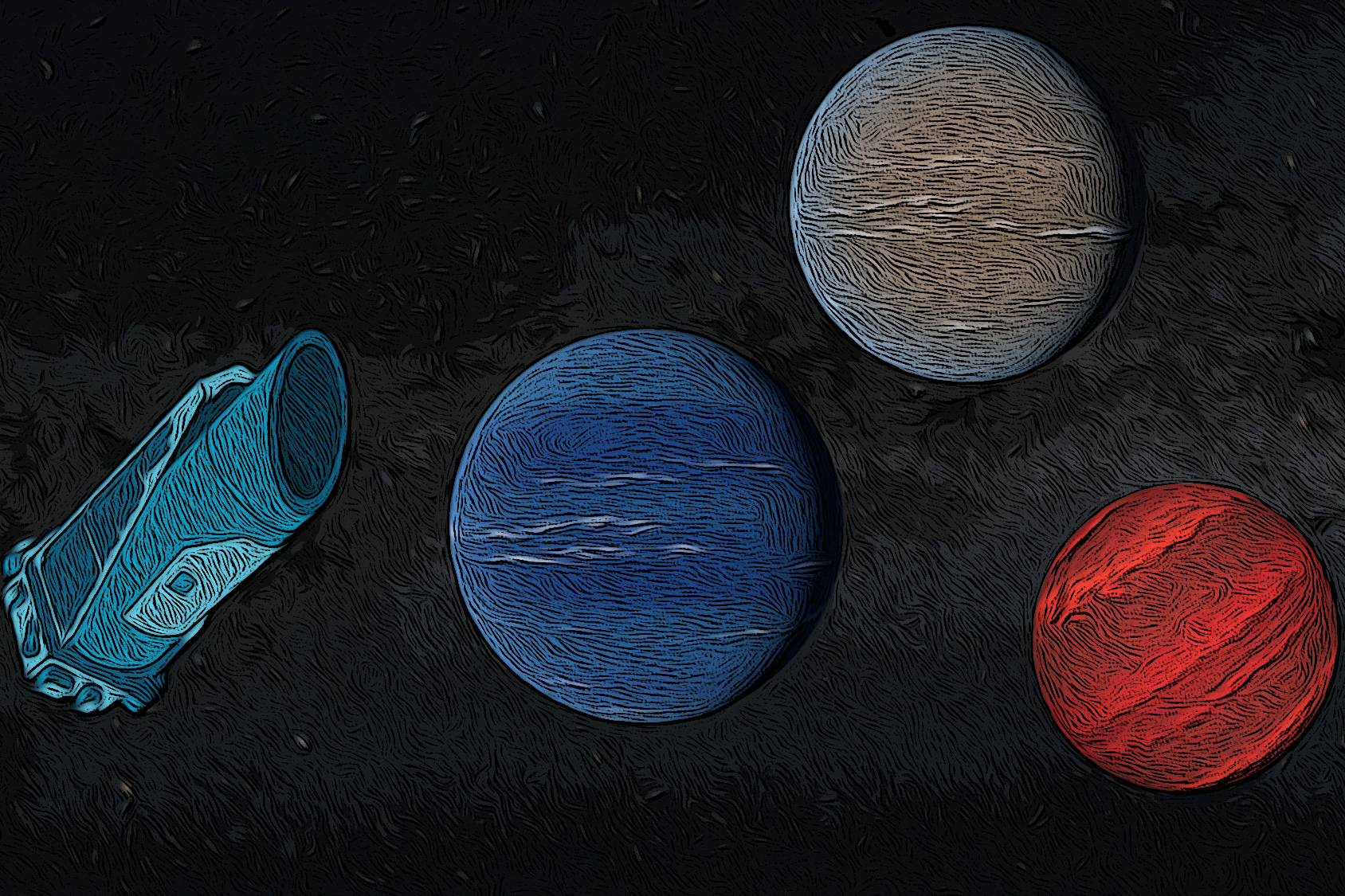Earth's magnetic field protects life on Earth from radiation, but it can move, and the magnetic poles can even flip
Ever seen the northern lights? You have a magnetic layer in Earth’s atmosphere to thank for those beautiful displays. But the magnetosphere does a lot more than create auroras.
Nov. 27, 2023 • ~8 min

